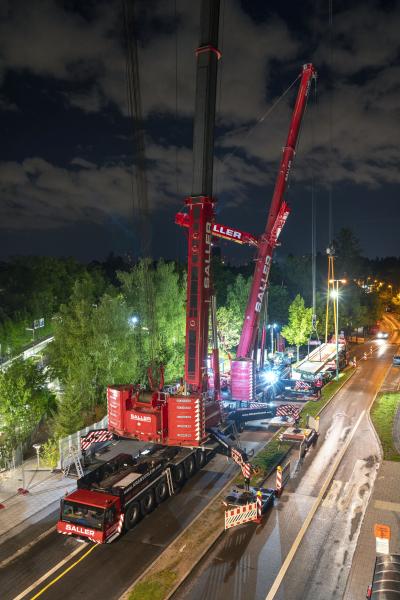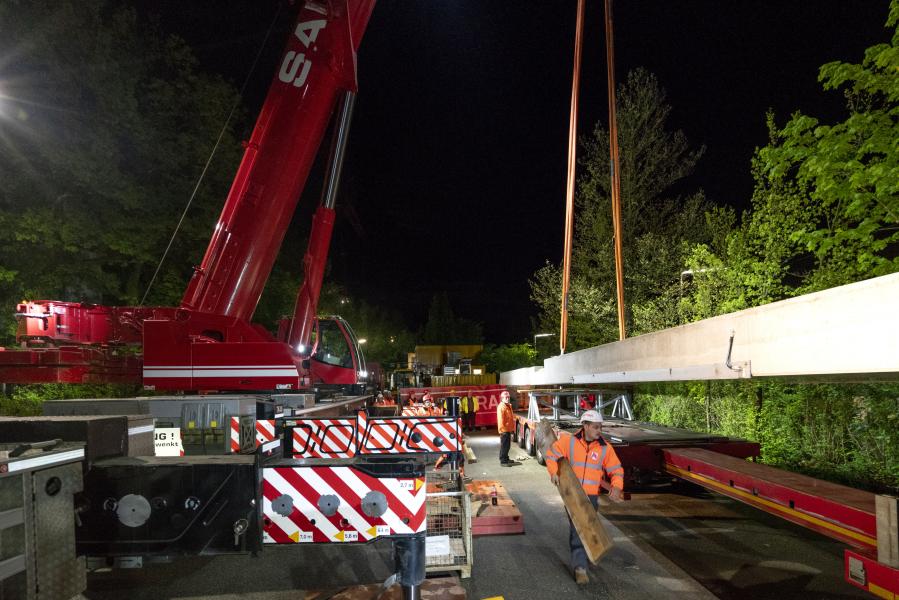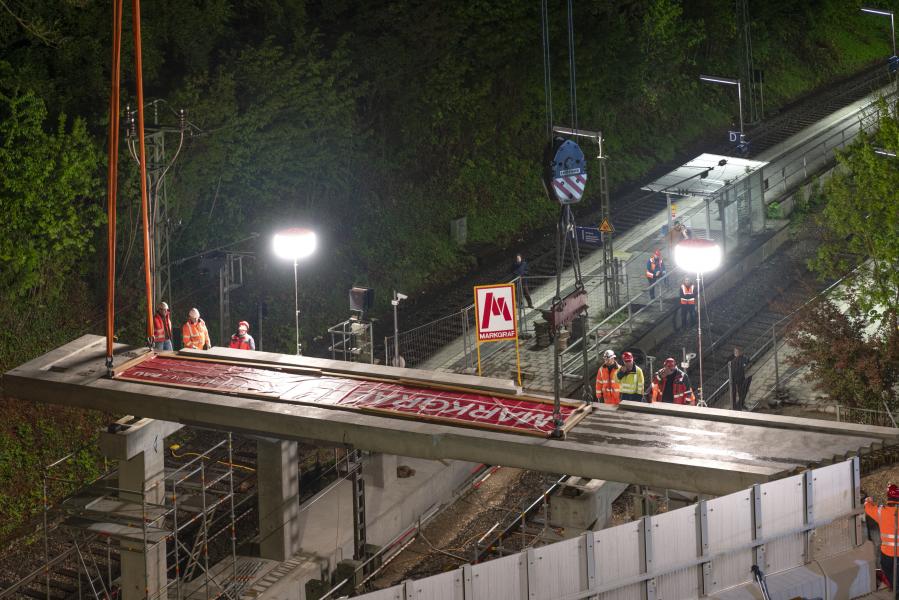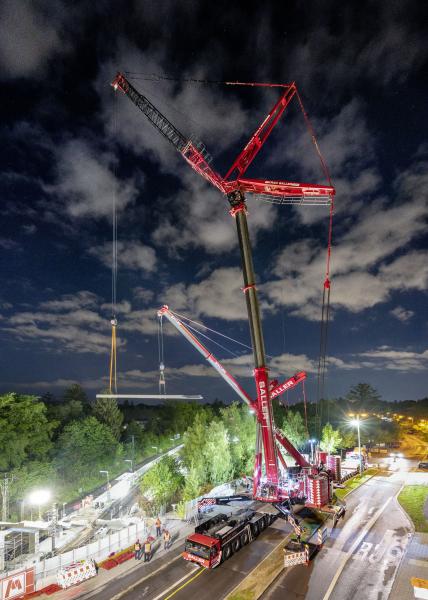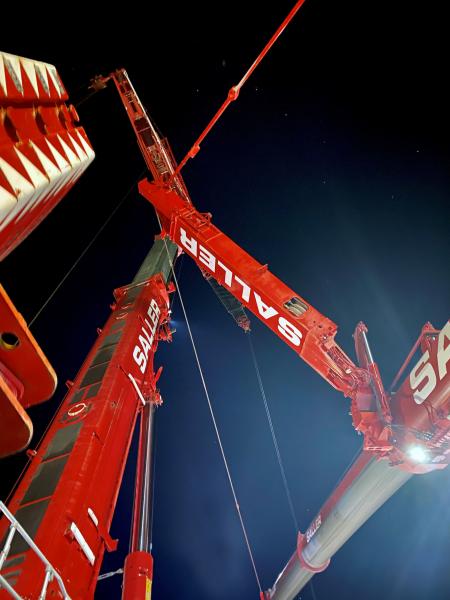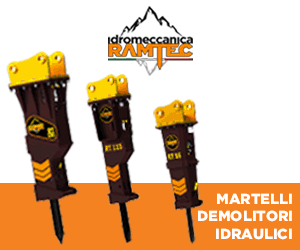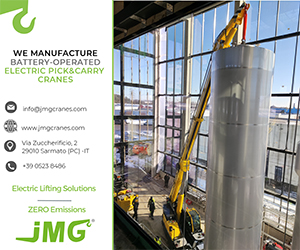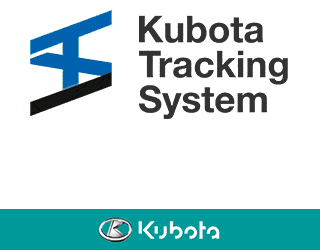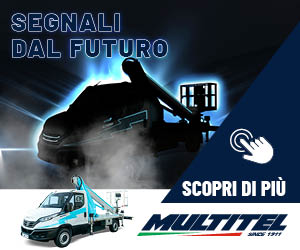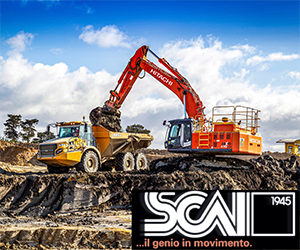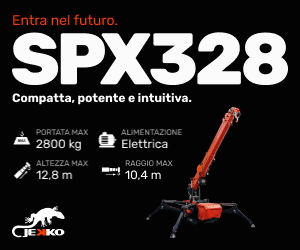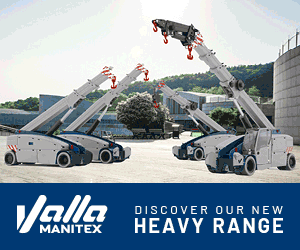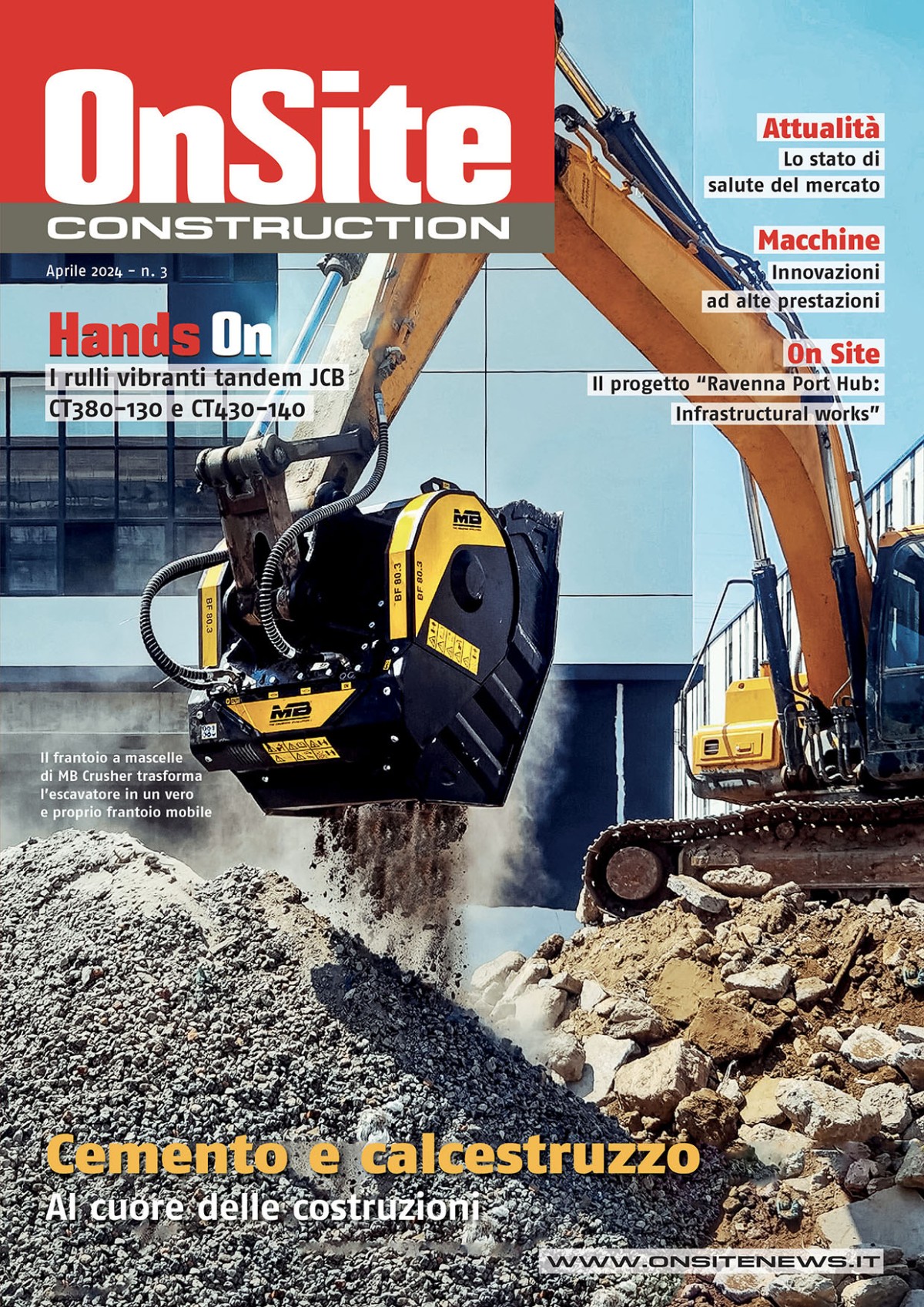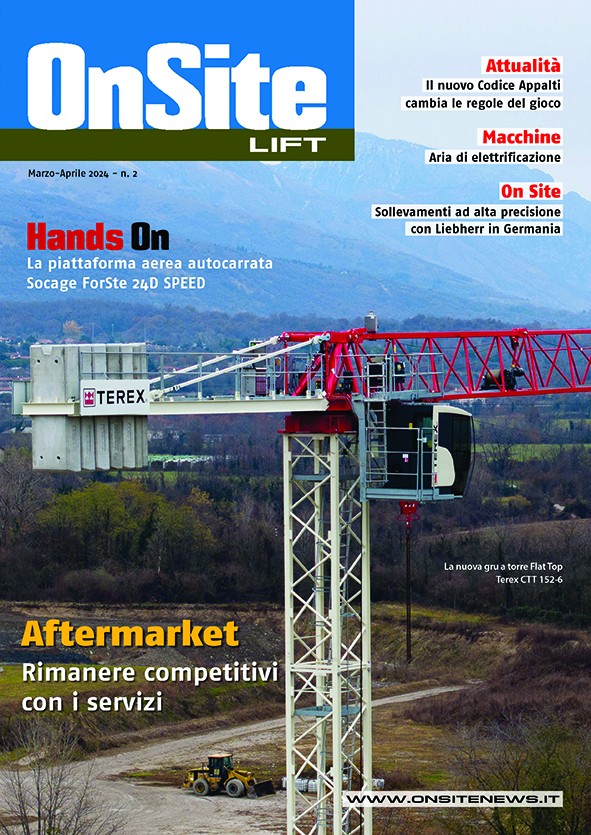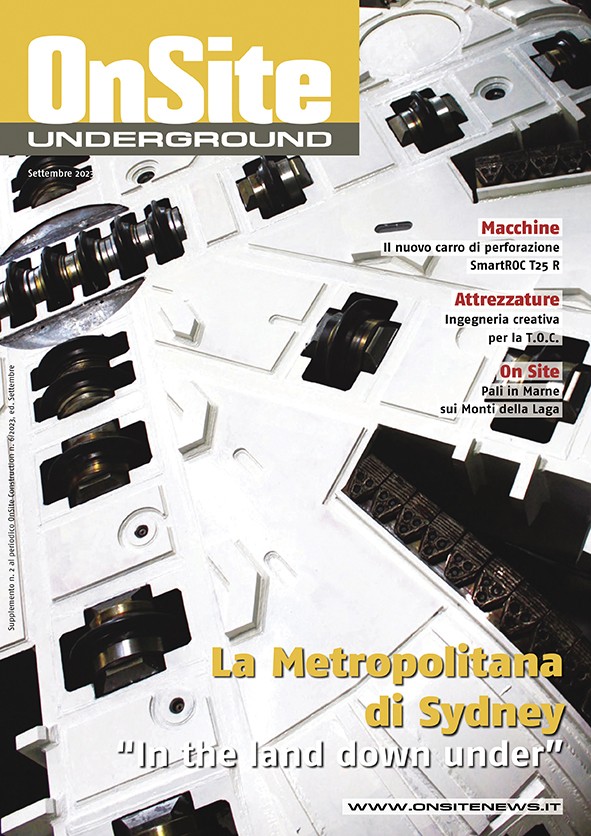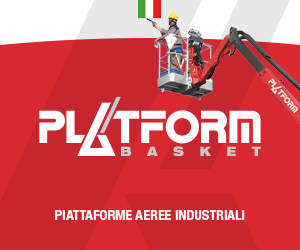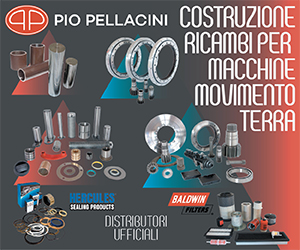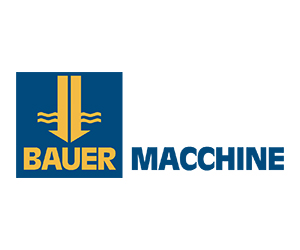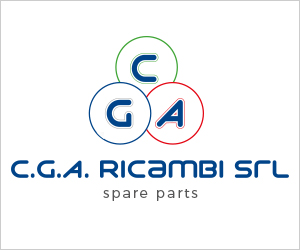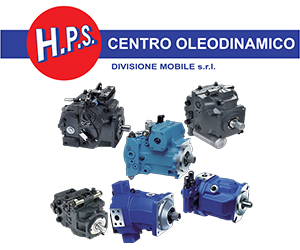Home \ International \ Saller’s Liebherr cranes complete difficult bridge hoist at night
Saller’s Liebherr cranes complete difficult bridge hoist at night
04/09/2020
Pubblicato da Redazione
LTM 1750-9.1 and LTM 1400/1 position 61-tonne pedestrian bridge using tandem. hoist
Kran Saller GmbH, based in Deggendorf in Bavaria, positioned a component for a pedestrian bridge over a railway track weighing over 60 tonnes using an extraordinary tandem hoist and a massive logistical effort. The difficulty was that the cranes had to be set up for the night job in Munich very close to each other and moved even closer whilst hoisting the load into position.
It was really tight – there was only around twenty centimetres between the telescopic boom of the more powerful Liebherr mobile crane and the ropes on the telescope guying of the LTM 1400/1 when the cranes’ superstructures reached the trickiest moment of the complex slewing process. But this almost-contact had been precisely planned as such in advance. “Normally we would have hoisted the load with just one crane and an adjustable yoke, but the customer insisted that the work should be carried out using two cranes”, explained Klaus Ruhland, who completed the calculations for the tandem hoist together with Dennis Kase.
Because the LTM 1750-9.1 had to reach over the smaller crane and its boom to pick up the load, the massive nine-axle machine was set up with a 35 metre luffing jib and its telescopic boom was extended to almost 40 metres for the actual hoist. Managing Director and Head Project Manager Franz X. Saller jun. said: “The close positioning of the two cranes was due to the fact that we had to work from the abutment of a road bridge. We were not able to position the cranes on the bridge structure as a result of the support pressures they generate.”
A great deal of manpower and materials were required for the job because the full closure of the rail network for a limited time and the closure of the road for the hoisting and set-up work meant that rapid progress was essential.
But the efficient team from Kran Saller ensured that the work was carried out professionally and that the job was carried out quickly and smoothly during the night in the Bavarian capital. The actual hoisting of the bridge component took exactly one hour, after which it was positioned precisely around 30 metres away on the piers of the future bridge. Immediately after the load had been detached, the team started dismantling their Liebherr cranes so that as day broke, only a few barriers were left as signs that the night had been a busy one.
By then, the equipment for the job was already en route to the company’s headquarters in Deggendorf. The company provides its services to customers well beyond the borders of Bavaria from there and six other sites. In addition to heavy and special haulage, the company has a fleet of around 30 cranes, making crane work one of the core parts of its business.

Ultime notizie di Liebherr Italia
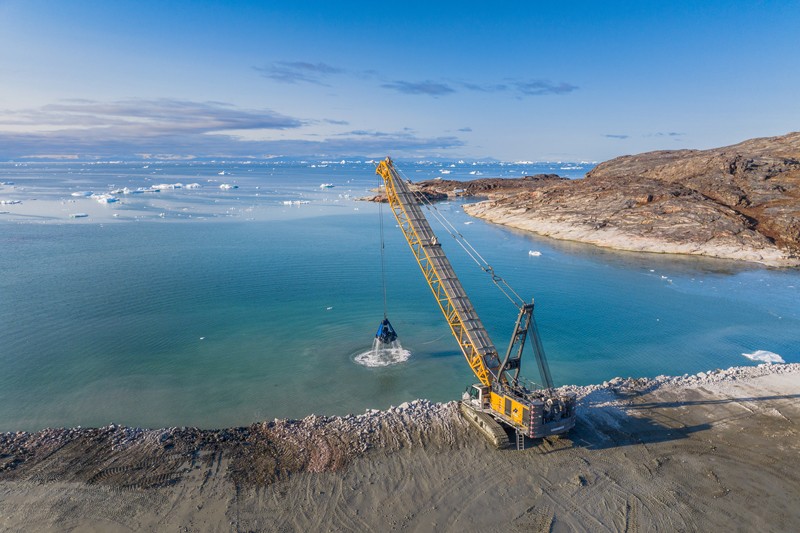
Lifting
22/04/2024
Liebherr is part of the largest construction project in Greenland's history
Around 250 kilometres north of the Arctic Circle, Liebherr i...
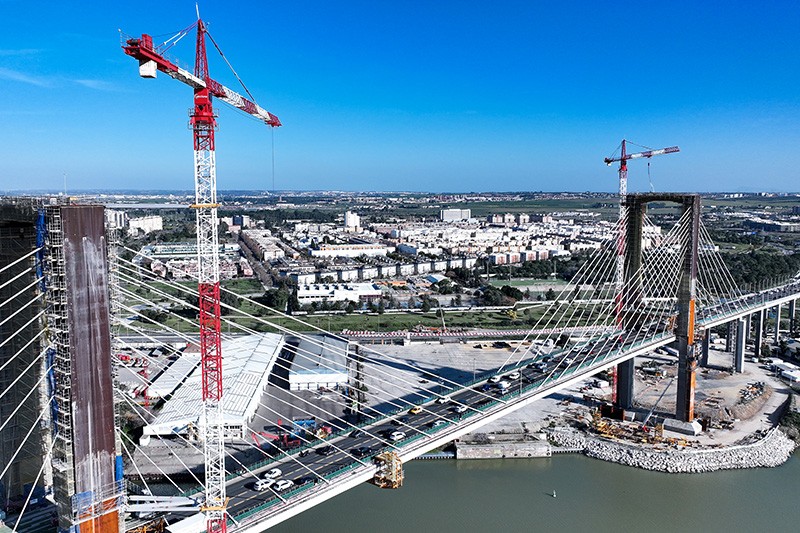
Lifting
15/04/2024
Liebherr tower cranes renovate bridge in Spain
Two Liebherr 420 EC-H 16 Litronic cranes are secured to the...
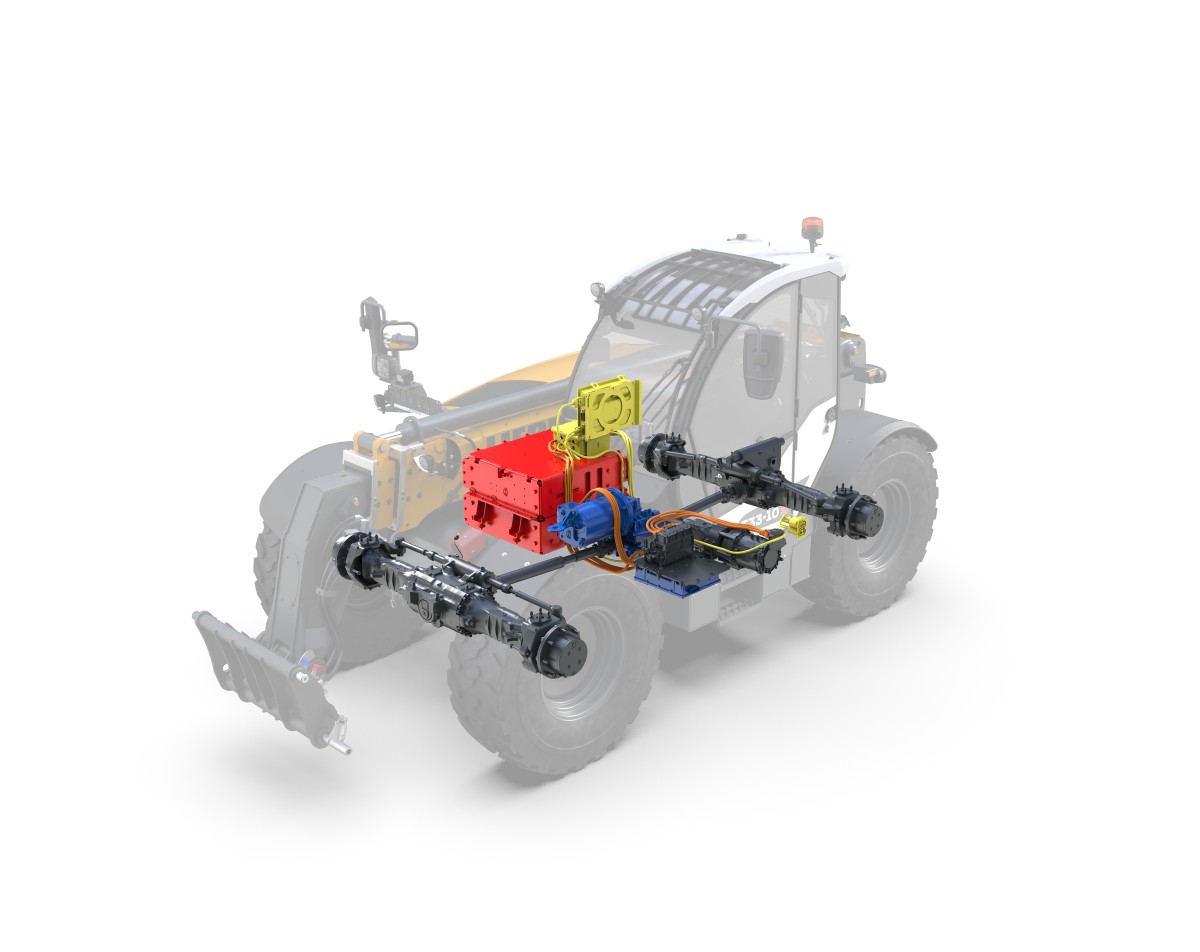
Lifting
08/04/2024
150-tonne lifting capacity: Liebherr expands its telescopic crawler crane line-up with the LTR 1150
Liebherr has expanded its range of telescopic crawler cranes...
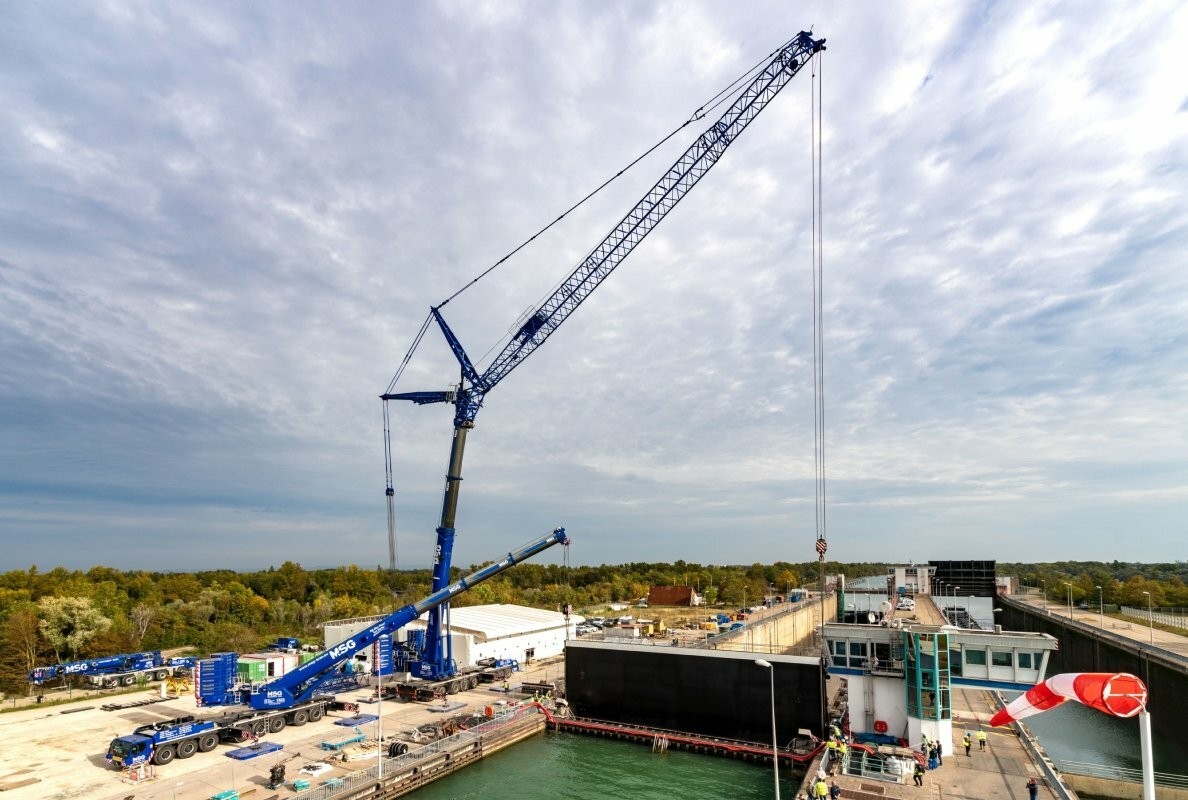
Lifting
11/03/2024
Expertise and Liebherr power in a two-pack
Liebherr LTM 1650-8.1 and LTM 1450-8.1 from MSG Krandienst a...
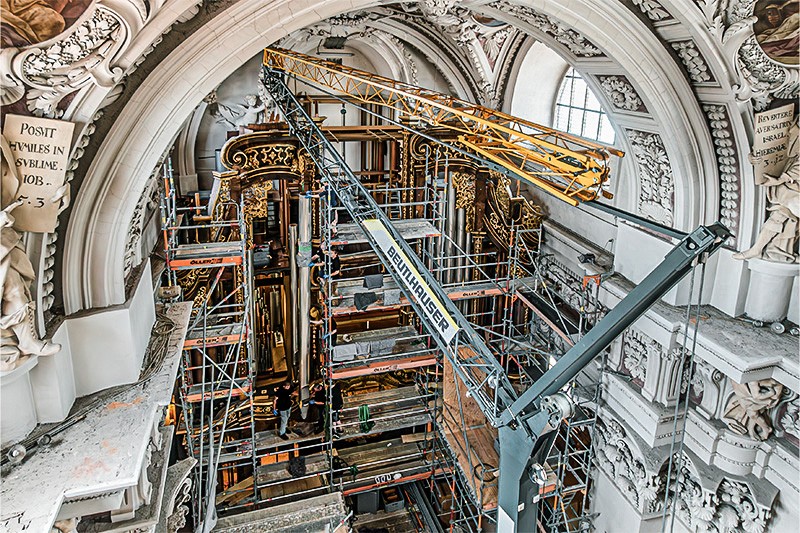
Lifting
12/01/2024
Liebherr L1 fast-erecting crane at work inside Passau Cathedral
Liebherr L1 fast-erecting crane at work inside Passau Cathed...
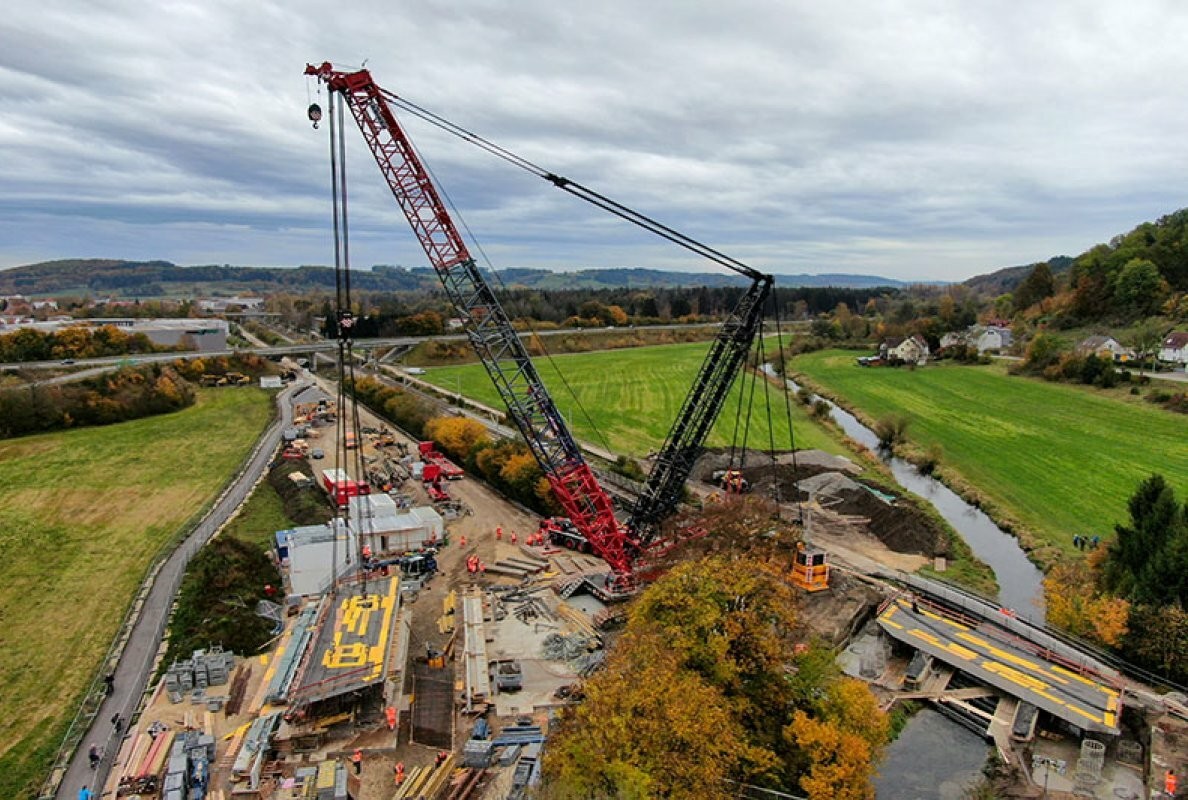
Lifting
09/01/2024
Riga Mainz replaces old railway bridge with Liebherr crawler crane LR 1750/2
Riga Mainz utilized a Liebherr LR 1750/2 crawler crane to re...
Altri International
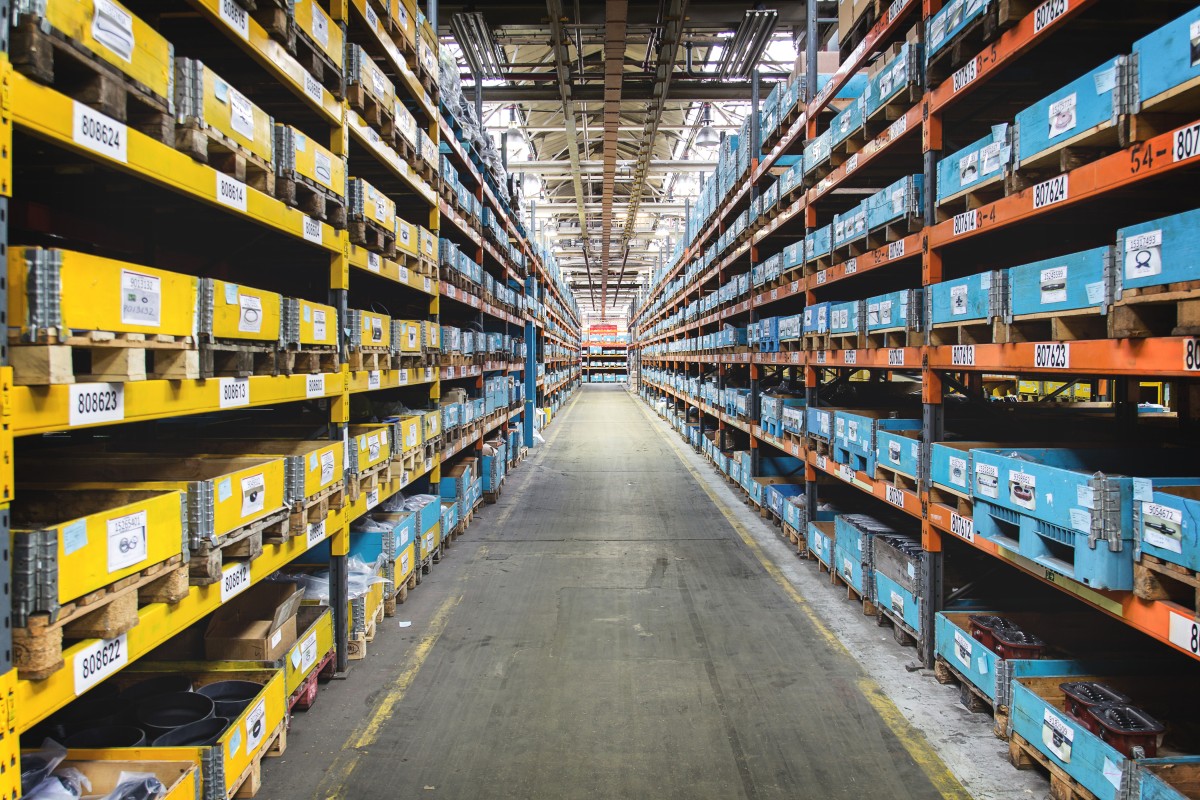
International
25/04/2024
Genuine parts ensure articulated hauler quality and uptime
The importance of good quality, reliable parts when maintain...
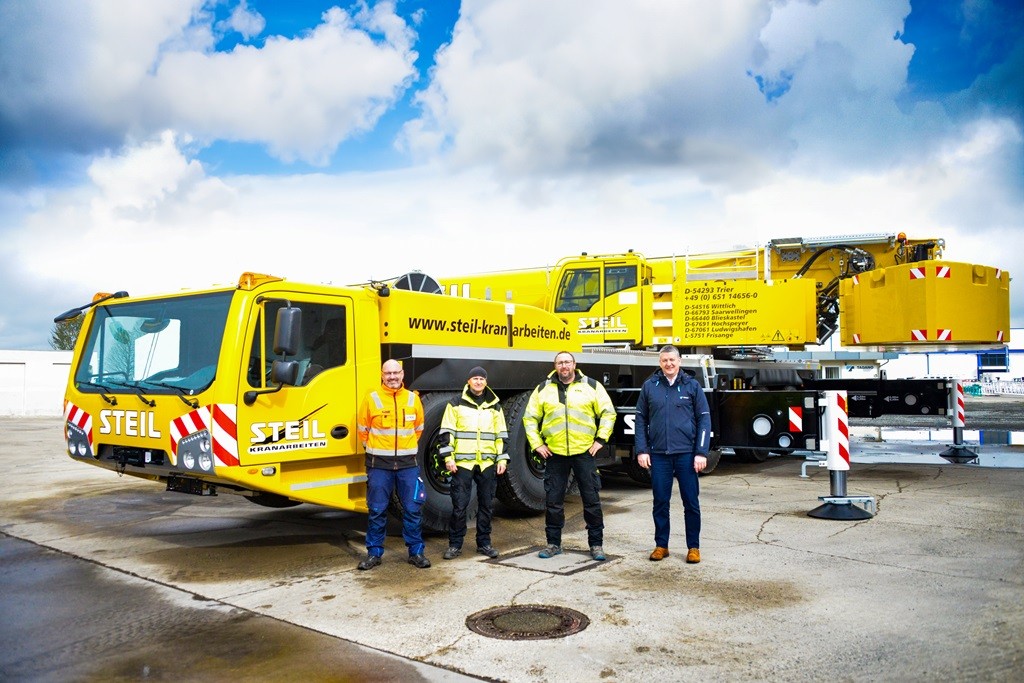
International
25/04/2024
Steil takes delivery of new Tadano AC 6.300-1 all terrain crane
Steil takes delivery of new Tadano AC 6.300-1 all terrain cr...
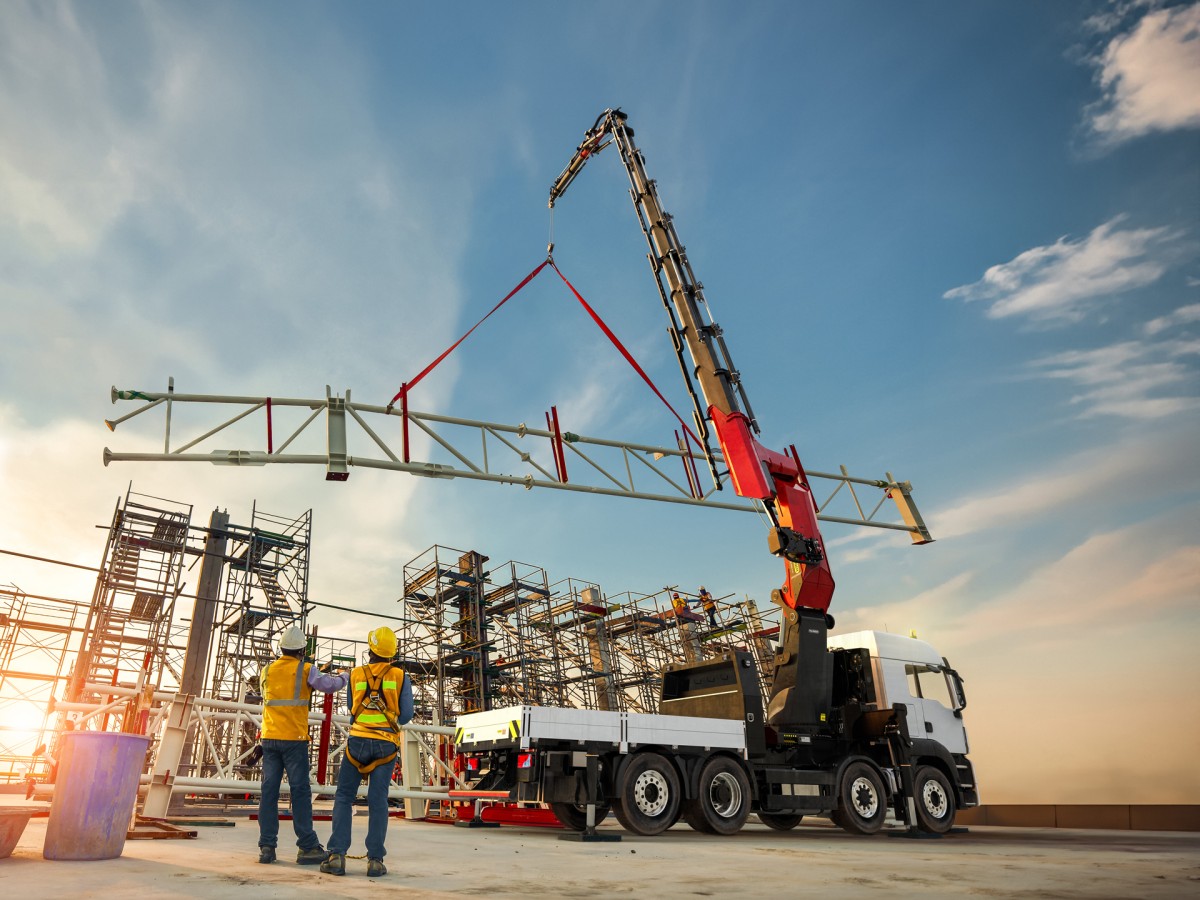
International
24/04/2024
New Palfinger's TEC Heavy-Duty Cranes Set Standards in Power & Precision
The new Palfinger PK 1350 TEC and PK 1650 TEC heavy-duty cra...
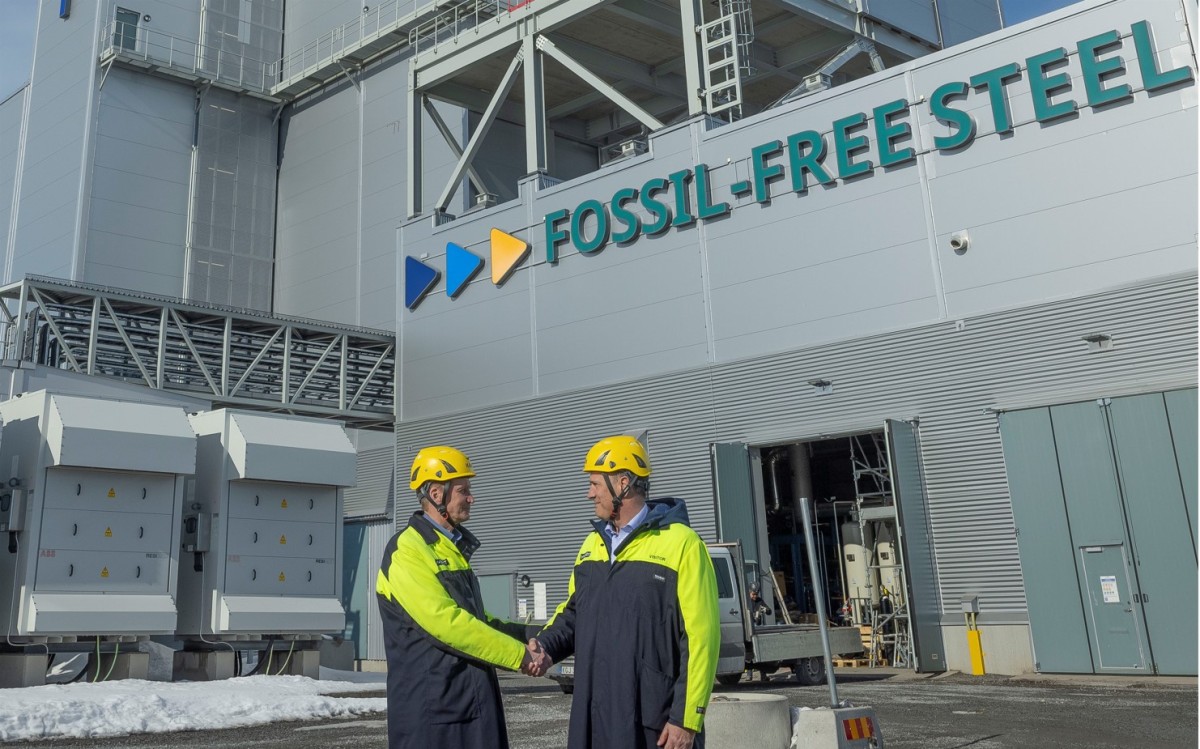
International
24/04/2024
SSAB and Manitou Group agree on fossil-free steel
Manitou Group announces the signature of a letter of intent...
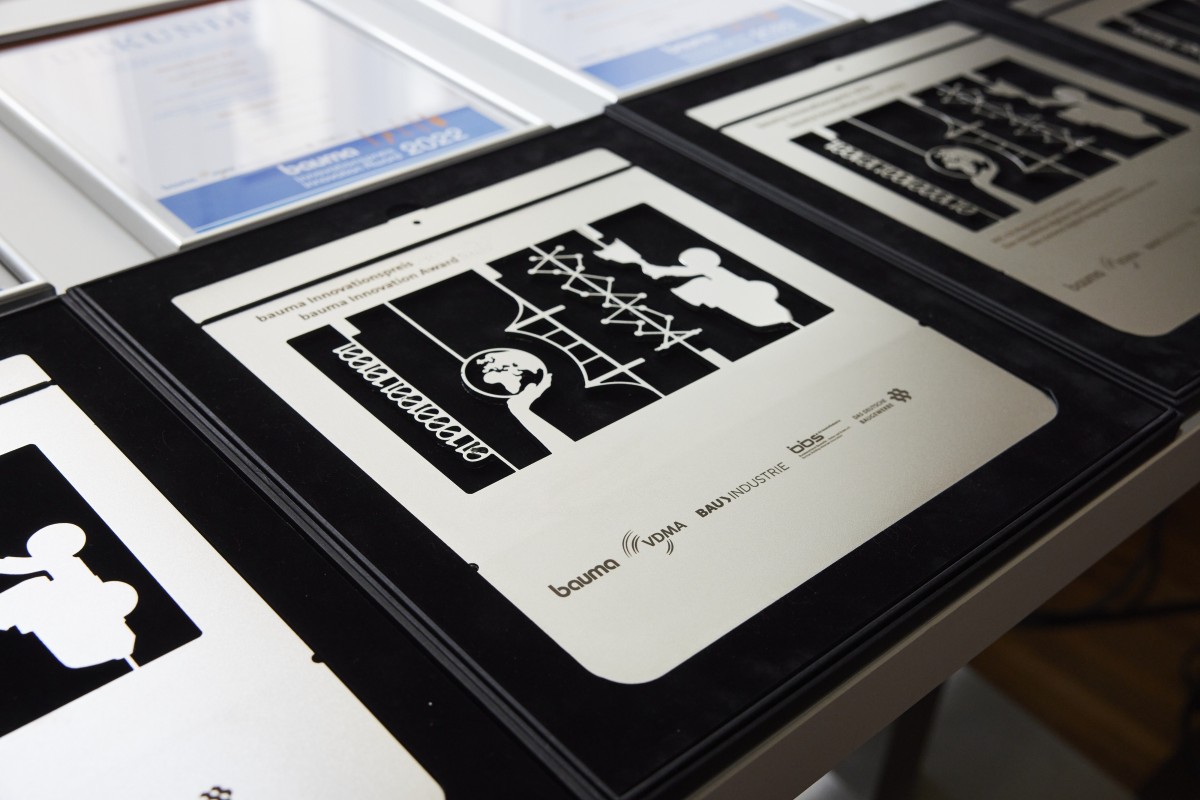
International
23/04/2024
Bauma Innovation Award: Kick-off 2 May 2024
On the occasion of bauma 2025, the leading associations of t...
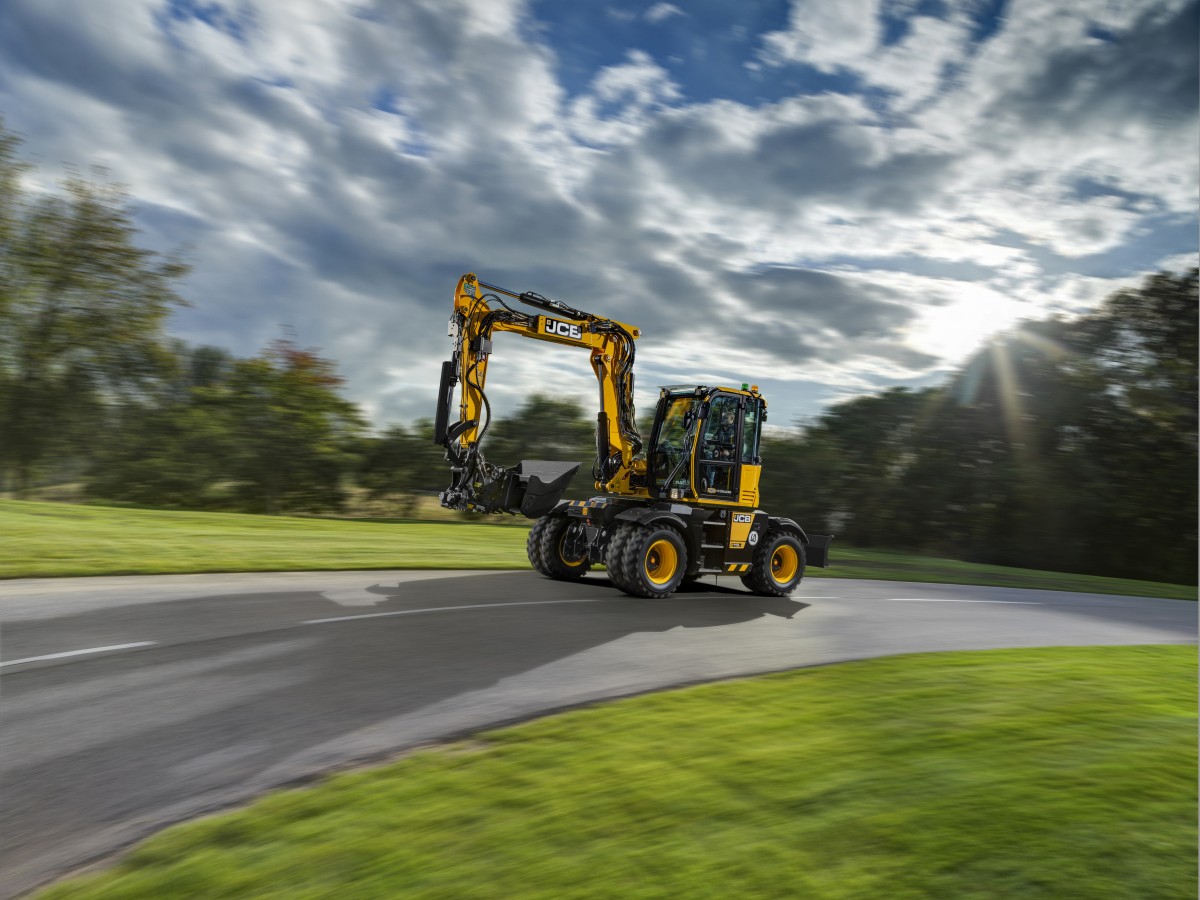
International
23/04/2024
JCB expands Hydradig line-up with Plus and Pro models
JCB is meeting the needs of customers across every industry...












